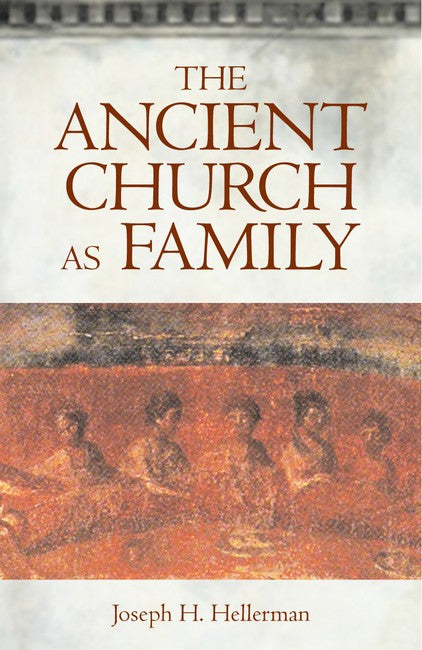Joseph H. Hellerman is Professor of New Testament at Biola University and a pastor in Redondo Beach, Calif.
Description
List of Figures Preface 1. Christianity in Its Social Environment Introduction Explaining the Expansion of Early Christianity -Ideological Explanations -Sociological Explanations When the Church Was a Family: A Road Map for the Following Chapters 2. Mediterranean Family Systems: Structure and Relationships Introduction Kinship Then and Now: How Family Is Defined The Patrilineal Descent Group: Relational Strategies and Values -Marriage in Ancient Mediterranean Society -Women in the PKG Family System -Patrilocal Residence and the Family as a Producing Unit -Mothers and Sons -Sibling Solidarity: The Central Relational Priority -Ancestors and Inheritance Conclusion 3. Origins of Surrogate Kin Group Idea Origins of the Early Christian Surrogate Family Model -The People of God in the Hebrew Scriptures -The People of God as Understood among Second Temple Judeans -The People of God according to Jesus of Nazareth The Distinctive Nature of Jesus' Perspective -The Dominance of the Kinship Metaphor -The Practice of PKG Solidarity -A Radical Change of Loyalties The Community at Khirbet Qumran: A Comparison -The Dominance of the Kinship Metaphor -The Practice of PKG Solidarity -A Radical Change of Loyalties -God as Sole Father of the Community -Orientation toward Outsiders 4. The Communities of Paul of Tarsus Language and the Social Order 1 Corinthians -Discord in the Corinthian Community -Paul's Rhetorical Strategy -Family Terminology in 1 Corinthians -Generalized Reciprocity -Familial Loyalty 2 Corinthians -Family Language in 2 Corinthians -Paul's Collection for the Jerusalem Community Romans Philemon Galatians, 1 Thessalonians, and Philippians Conclusion 5. Second-Century Christian Writers Clement of Rome -Family Language in 1 Clement -Family Activity in 1 Clement -Innovation in Clement's Use of the Family Metaphor Ignatius of Antioch -Ignatius's Use of Family Language -Family Activity in the Ignatian Epistles -Innovation in the Ignatian Corpus Justin Martyr -Kinship Terminology in Justin's Writings -Justin and Family Behavior -Innovation in Justin's Use of Father and Sibling Language Clement of Alexandria Irenaeus Conclusion 6. North African Christianity Passion of Perpetua Tertullian -Tertullian on Family Loyalty -Harmony among Siblings -Tertullian and Generalized Reciprocity Cyprian -Examination of Specific Epistles -Survey of Cyprian's Other Works -Loyalty to the Family of God -The Sharing of Material Resources Conclusion 7. Summary and Evaluation The Mediterranean Family Model -The Highly Corporate Nature of the Ancient Family -The Priority of the Sibling Bond The Church as a Family -Family as Rhetoric -Family as Praxis Conclusion Abbreviations Notes Bibliography Index of Primary Sources

